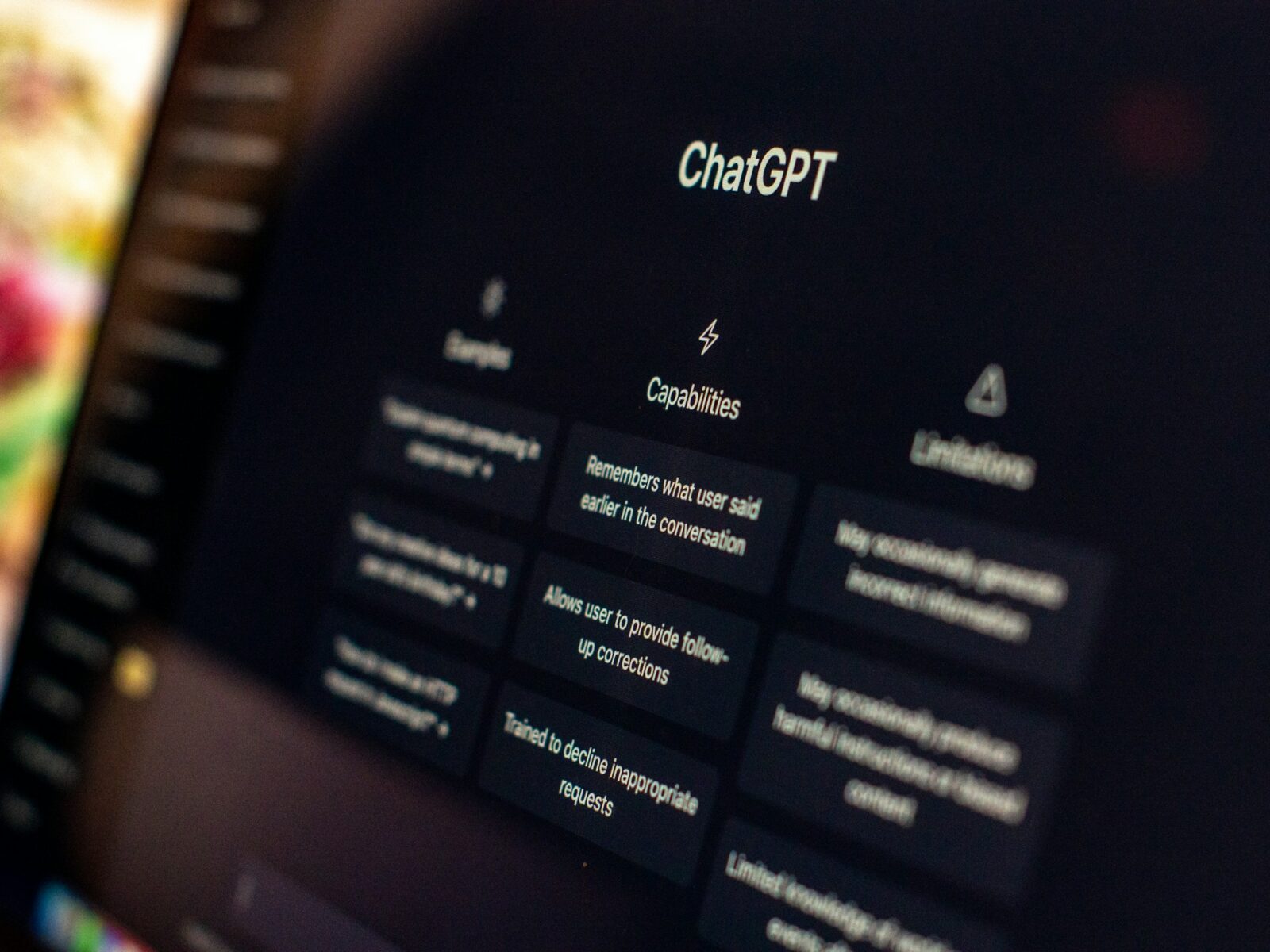The Next Chapter in OpenAI’s Global Expansion
In a world where artificial intelligence is rapidly becoming a daily necessity, OpenAI is taking its mission of accessibility global. The company has officially expanded its affordable ChatGPT Go plan — priced at under $5 per month — to 16 new countries across Asia, marking a significant milestone in its international growth strategy.
This expansion isn’t just about increasing market share; it reflects OpenAI’s broader ambition to democratize access to AI technology. By bringing its premium features to millions of new users at a low cost, OpenAI is cementing its position as a frontrunner in the race to build a truly global AI ecosystem — one that’s inclusive, multilingual, and adaptive to regional needs.
1. OpenAI’s ChatGPT Go Plan: Making AI More Accessible
The ChatGPT Go plan is OpenAI’s most affordable paid tier, designed to bridge the gap between the free ChatGPT service and the premium ChatGPT Plus.
Priced at approximately $5 per month, the plan offers users a powerful upgrade over the free version — including:
- Higher daily message limits
- Expanded image generation capacity
- Increased file and image uploads per day
- Double the memory capacity for more personalized, context-aware responses
This approach ensures users across developing economies can experience advanced AI capabilities without paying the high subscription costs typically associated with generative AI tools.
By targeting the mass consumer segment, OpenAI is effectively transforming AI from a premium luxury to an everyday productivity tool, opening up new possibilities for students, entrepreneurs, educators, and small business owners across Asia.
2. The Countries Joining OpenAI’s Expansion
The rollout of ChatGPT Go now spans a diverse range of economies and digital markets across Asia, including:
Afghanistan, Bangladesh, Bhutan, Brunei Darussalam, Cambodia, Laos, Malaysia, Maldives, Myanmar, Nepal, Pakistan, the Philippines, Sri Lanka, Thailand, East Timor, and Vietnam.
In key markets such as Malaysia, Thailand, Vietnam, Pakistan, and the Philippines, OpenAI has also introduced localized payment options, allowing users to subscribe in their native currencies.
For other countries in the rollout, payments will be processed in U.S. dollars, with final pricing adjusted for local tax regulations.
This localization strategy reflects OpenAI’s growing awareness of regional economic diversity — and its willingness to adapt to local payment ecosystems to encourage adoption.
3. Why Asia Is Central to OpenAI’s Growth Strategy
Asia represents one of the fastest-growing AI user bases in the world. From India to Indonesia and the Philippines, millions of digital natives are adopting generative AI tools for education, business, and creative work.
OpenAI’s internal data shows that the company’s weekly active users in Southeast Asia quadrupled in 2025, with particularly strong engagement from India and Indonesia — where the ChatGPT Go plan was first launched earlier this year.
By expanding to 16 more countries, OpenAI is positioning itself to capture a massive emerging market opportunity — one characterized by:
- Rising smartphone penetration
- Young, tech-savvy demographics
- Growing demand for affordable digital tools
- Rapid adoption of English and multilingual AI interfaces
This combination creates fertile ground for OpenAI to establish brand loyalty early in economies that will shape the next decade of global AI adoption.
4. Competing Head-to-Head with Google’s Gemini AI
OpenAI’s expansion comes at a time when the AI subscription market is heating up — particularly in Asia.
Its biggest rival, Google, has been aggressively rolling out its Google AI Plus plan, priced similarly to ChatGPT Go. Google’s service grants access to Gemini 2.5 Pro, the company’s most advanced AI model, alongside a creative suite of tools like:
- Flow (for graphic and design generation)
- Whisk (for image remixing and editing)
- Veo 3 Fast (for fast video creation)
- Plus, 200GB of cloud storage
Google’s AI Plus plan launched in Indonesia in September and now spans 40 countries globally — illustrating the rivalry between OpenAI and Google for dominance in affordable AI subscriptions.
However, OpenAI’s strength lies in its simplicity, versatility, and cross-platform integrations, which continue to attract a broader user base outside Google’s ecosystem.
By pricing ChatGPT Go below $5, OpenAI has positioned itself as the more accessible and community-oriented option — appealing to both individual creators and small businesses across developing economies.
5. A Global Milestone: 800 Million Weekly Active Users
OpenAI’s expansion into Asia coincides with another milestone. During its DevDay 2025 conference in San Francisco, CEO Sam Altman revealed that ChatGPT now serves over 800 million weekly active users globally, up from 700 million just two months earlier.
The announcement also included a major platform evolution: ChatGPT will now support embedded apps, allowing third-party companies to create mini-applications directly within the ChatGPT interface.
This move effectively transforms ChatGPT into a multi-functional ecosystem, comparable to an app store or even an operating system for AI workflows.
According to Nick Turley, Head of ChatGPT, “We’re building a world where ChatGPT isn’t just a chatbot — it’s a platform. Whether you want to write, code, design, or book services, there will be an app for that inside ChatGPT.”
This marks a critical step in OpenAI’s long-term vision: turning AI into an integrated layer of the global digital economy.
6. Balancing Growth with Financial Sustainability
Despite its astronomical user growth and a recent $500 billion valuation, OpenAI faces the same challenge as other fast-scaling tech companies: balancing expansion with profitability.
In the first half of 2025, the company reported an operating loss of $7.8 billion, largely driven by its enormous investment in AI infrastructure, data training, and cloud computing resources.
Affordable subscription tiers like ChatGPT Go are a key part of OpenAI’s strategy to monetize at scale. By attracting millions of low-cost subscribers, the company aims to build a recurring revenue base that complements its enterprise partnerships with Microsoft and other global firms.
The approach mirrors models used successfully by streaming and software giants such as Netflix and Spotify, where a vast user base and small-ticket subscriptions drive long-term profitability.
7. How ChatGPT Go Empowers Emerging Markets
Beyond economics, OpenAI’s expansion carries deep social and educational implications for Asia.
In many of the newly added countries — including Bangladesh, Nepal, and Cambodia — access to advanced AI tools has been historically limited due to pricing and connectivity barriers.
With ChatGPT Go, users gain:
- Affordable access to language learning assistance
- AI support for small businesses and entrepreneurs
- Tools for creative design, writing, and education
- Multilingual support for English, Tagalog, Thai, Urdu, and more
This democratization of AI could accelerate digital literacy, economic inclusion, and innovation across millions of households in emerging markets.
For example, educators in Sri Lanka and Vietnam are already using ChatGPT to develop AI-assisted lesson plans, while freelancers in Pakistan and the Philippines are leveraging it to boost productivity and client communication.
By empowering everyday users, ChatGPT Go could become one of the most transformative technology exports to reach Southeast Asia in recent years.
Conclusion: Affordable AI, Global Impact
OpenAI’s expansion of the ChatGPT Go plan into 16 new Asian countries marks more than just a commercial milestone — it’s a vision realized. By making advanced AI affordable and accessible, OpenAI is bridging the digital divide across some of the world’s fastest-growing economies.
As global rivals like Google, Anthropic, and Amazon intensify their AI offerings, OpenAI’s strategy stands out for one simple reason: it’s putting powerful technology into the hands of ordinary people.
Whether it’s a student in Nepal, an entrepreneur in Malaysia, or a teacher in Vietnam, the reach of ChatGPT Go demonstrates that AI is no longer an elite tool — it’s a universal one.
The road to profitability remains long, but the foundation is solid. By focusing on inclusivity, scalability, and innovation, OpenAI is shaping not just the future of AI — but the future of how the world learns, works, and connects.







Leave a Reply